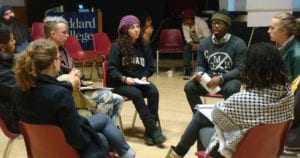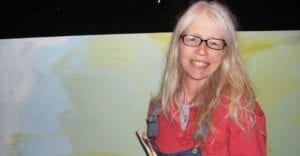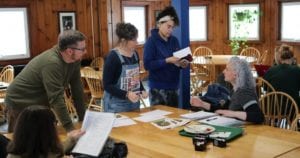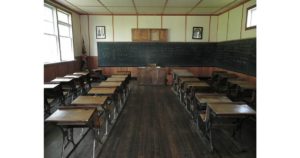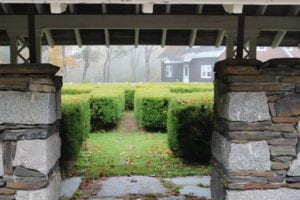 By Tristan Beach
By Tristan Beach
Amid the process of completing a PhD application, I wrote an essay in response to one of the writing prompts the program requires of its applicants. Unfortunately, I misread the instructions; thus, the essay that follows is more or less unusable in the application. But I can’t part with this essay so easily. Maybe someone will find it useful in describing the process of reading literature critically—to a Minotaur.
My purpose for reading literature critically rests on two sloping planes. On the first plane is pleasure—experiencing the epiphany of understanding, a resolution to my inquiring mind. In other words, the Aha! moment. It’s the immediate gratification of critical thinking, which may be a purpose in of itself. However, beneath that first pleasurable plane, for me, is the second, more self-reflective plane. I read critically to sift out that connection between myself, the author, and the community of other critical readers, teachers, scholars, naysayers, and advocates. There is pleasure in this process of connecting, which may be something like validation or a sense of achievement: knowing I am part of the conversation. Yet pleasure and connection are distinct, respective: nearly parallel at first, but, sloping as they do, they intersect. Allow me to expand on this process and what their intersections mean to me.
The text is a labyrinth, where our voices (reader, author, community) echo in the dark, conversing together. The author calls, the reader responds. The community exerts itself over and around us—influencing, maintaining, elucidating, praising, or rejecting the text as well as the reader and author’s respective intentions for it.
Each voice has a role: Theseus, the reader; Ariadne, the teacher/critic; Daedalus, the author; Minotaur, the meaning within the text.
As Theseus in this labyrinth, I find exercising my critical thinking skills, or as James Wood puts it “reading with my critical hat on,” extremely stimulating. I enter a text with an open mind, ears and eyes attuned: ready to explore the labyrinth the author has built. Indeed, entering a text is like entering this new dark place, feeling out its sentence-corridors, noting and analyzing the images and sounds that the words make when brushing-against or sliding-past one another. I can get lost in this place; but I prefer finding my own way in, and at the end of my journey, finding my own way out—
I’d rather not be told how to get to the center of the labyrinth; as a reader, I have the right to my own thread. But merely give me the resources, Ariadne, and I will learn to spin my own thread—observing other readers’ threads. This is where critical thinking comes in. Observation; evidence-gathering; conclusion-making. We recognize the works of others, building upon/responding to the initial text. We glean from others information to draw our own conclusions. And then we add our thread to the lot.
Once in unfamiliar territory, our ordering impulses compel us to form a narrative. We meet the text with a story of our own, of what our reading means to us and what we think the author tries to say to us. From where exactly in this dark place does the beast call out? For me, interpretation is the process of establishing our own order, developing our own narrative to unravel the narrative. We assert our place in the text. By reading critically, we acclimate ourselves within the labyrinth. Daedalus may be the grand designer of this world, populating it with signs and symbols that veil or direct us toward his scheme and philosophies. But, ultimately, we critical readers populate the text with our own ideas, finding our place, breaking down those walls, unspooling those threads.
And when we reach a moment of understanding—interpreting the author’s intent or discovering another story behind the one we witness—we experience the euphoria of epiphany. Finding the Minotaur at the center, uncovering the man underneath its skin. I enjoy that moment, when things make a kind of sense to me, when I discover a notion of what the author is trying to say—and why—in conjunction with others’ ideas. For me, this is my purpose—to feel that pleasure, to recognize that connection.
Reference:
Paulson, Steve. “The Art of Persuasion, an Interview with Critic James Wood.” Electric Lit, June 30, 2015. https://electricliterature.com/the-art-of-persuasion-an-interview-with-critic-james-wood-d9d0aeee2a3d. Accessed Nov. 22, 2017.
A born and raised Washingtonian, Tristan Beach has spent the last three years of his life teaching college English across China. Before that, he was an editor for The Conium Review for several years. He has been involved with various journals and literary presses since 2010, including Copper Canyon Press, Coffee House Press, Pitkin Review, and Clockhouse. His poems and prose appear or are forthcoming in Shantih, rawboned, and Pitkin Review.He has an MFA in Creative writing from Goddard College and received his BA from Saint Martin’s University. He currently teaches English at Saint Martin’s and coordinates the religious education program for Holy Cross Catholic Church, in Tacoma.


